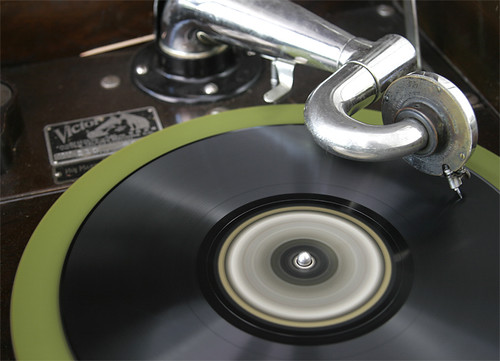It’s been described as musical Twitter. It’s been described as Facebook meets iTunes.
However people describe it, mflow is making digital music a social experience again.
If you just want to buy music, mflow works just like iTunes. You fire up the application, you browse, you buy, you download high quality (320 kbps, DRM) MP3 files and that’s that.
But mflow is an online music retailer with a twist.
Everyone has a profile on mflow. From it, you can follow people who might share your taste in music. You can also follow DJs like Zane Lowe, Phil Jupitus, Matt Everitt, Greg James, Cut La Roc, MistaJam, Ben Watt, magazines like NME, Clash, Q and Metal Hammer and even musicians like Lauren Pritchard and Pete Lawrie.
And all those people send you recommendations – or flows. Like Tweets with a track attached, flows drop into your mflow inbox. You can listen to the track in full to find out whether you like it. And if you buy it the person who sent it to you gets 20% of the price that you pay in credit on mflow to buy more music.
Vice versa, you can send recommendations to people who follow you – and you can recommend anything from the mflow store (or can reflow recommendations sent to you to your followers). And if people like what they hear, you get credit if they buy what you’re recommending.
mflow has deals with labels including Sony, Universal, Beggars Banquet, IODA, PIAS, Skint, XL which means that its catalogue will boast both quantity and – more important – quality tracks from leading acts.
It’s a way to connect through music and is making it good to share the music you love and to discover music you might never otherwise find.
As an exclusive offer to new users, mflow (in association with Q mag) is currently offering 5 free tracks – available when you sign-up for a free account:
Florence & The Machine: ‘Blinding (Live)’
Mumford & Sons: ‘Sigh No More’
The Drums: ‘I Felt Stupid’
I Blame Coco: ‘Ceasar (Ft. Robyn)’
Tinashe: ‘Mr. Presumption’
To take advantage of this offer all you need to do is download the app from http://bit.ly/mflowq
Mflow launches officially on 15th April – http://www.mflow.com
